When it comes to choosing the right fiber optic transceiver for your network, one of the key decisions you'll need to make is whether to go with a single-mode or multi-mode transceiver. Both types have their own advantages and disadvantages, so it's important to understand the differences between them before making a decision. In this blog post, we'll explore the differences between single-mode and multi-mode fiber optic transceivers to help you make an informed choice.
What is a fiber optic transceiver?
Before we delve into the differences between single-mode and multi-mode fiber optic transceivers, let's first define what a fiber optic transceiver is. A fiber optic transceiver is a device that converts electrical signals into optical signals, and vice versa, allowing data to be transmitted over fiber optic cables. The transceiver typically consists of a transmitter and a receiver, and is used in networking devices such as switches, routers, and media converters.
Single-mode fiber optic transceivers
Single-mode fiber optic transceivers are designed to work with single-mode fiber optic cables, which have a small core size (typically around 9 microns) and can transmit data over long distances at high speeds. Single-mode transceivers are generally used in long-haul applications, such as connecting buildings or data centers that are far apart. They are also ideal for applications that require high bandwidth and low latency, such as video streaming or high-frequency trading.
Multi-mode fiber optic transceivers
Multi-mode fiber optic transceivers, on the other hand, are designed to work with multi-mode fiber optic cables, which have a larger core size (typically around 50 or 62.5 microns) and can transmit data over shorter distances at lower speeds. Multi-mode transceivers are typically used in local area networks (LANs), data centers, and other applications where data needs to be transmitted over relatively short distances. While multi-mode transceivers are not as fast or have as long of a reach as single-mode transceivers, they are often more cost-effective for shorter distance applications.
When it comes to choosing between single-mode and multi-mode fiber optic transceivers for your network, there are a few key factors to consider. First, consider the distance over which you need to transmit data. If you need to transmit data over long distances, such as between buildings or data centers, a single-mode fiber optic transceiver may be the best choice. If you only need to transmit data over shorter distances within a building or data center, a multi-mode fiber optic transceiver may be more cost-effective.
Additionally, consider the bandwidth and speed requirements of your network. If you require high bandwidth and low latency, a single-mode fiber optic transceiver may be the best option. However, if your network has lower bandwidth requirements and shorter distance transmissions, a multi-mode fiber optic transceiver may be sufficient.
In conclusion, the choice between single-mode and multi-mode fiber optic transceivers ultimately depends on the specific requirements of your network. By understanding the differences between the two types of transceivers and considering factors such as distance, bandwidth, and speed, you can make an informed decision that will best meet the needs of your network.
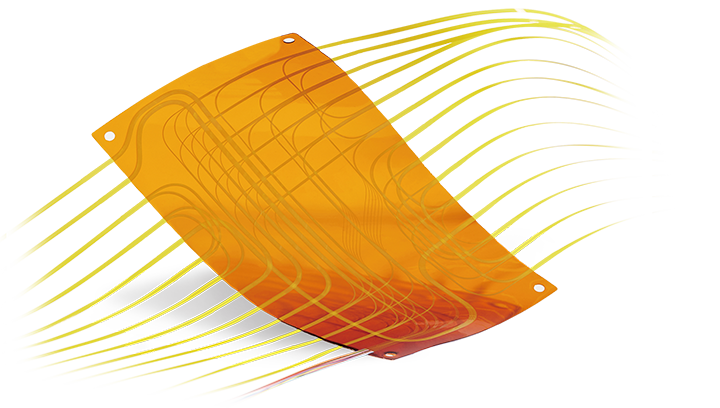 Fiber Optic Flex Circuit (FOFC)
Advanced Simulation & Optimization, High Positioning Accuracy, Flexible Customization, Rigorous Reliability Testing
Fiber Optic Flex Circuit (FOFC)
Advanced Simulation & Optimization, High Positioning Accuracy, Flexible Customization, Rigorous Reliability Testing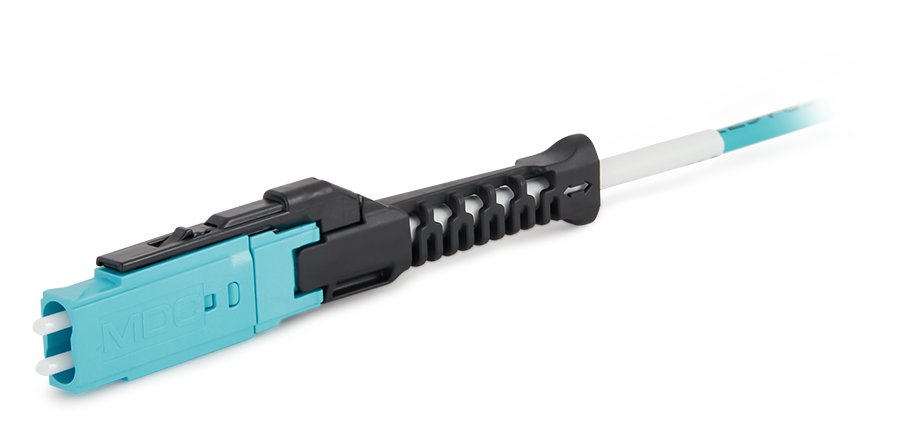 MDC Solution
US Conec's MDC connector is a Very Small Form Factor (VSFF) duplex optical connector, expertly designed for terminating single-mode and multimode fiber cables with diameters up to 2.0mm.
MDC Solution
US Conec's MDC connector is a Very Small Form Factor (VSFF) duplex optical connector, expertly designed for terminating single-mode and multimode fiber cables with diameters up to 2.0mm.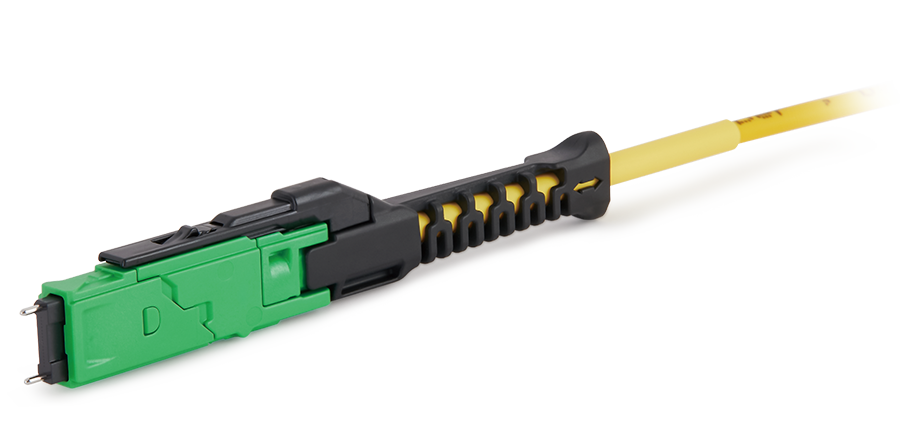 MMC Solution
US Conec's Very Small Form Factor (VSFF) multi-fiber optical connector that redefines high-density connectivity with its cutting-edge TMT ferrule technology and intuitive Direct-Conec™ push-pull boot design.
MMC Solution
US Conec's Very Small Form Factor (VSFF) multi-fiber optical connector that redefines high-density connectivity with its cutting-edge TMT ferrule technology and intuitive Direct-Conec™ push-pull boot design. EN
EN
 jp
jp  fr
fr  es
es  it
it  ru
ru  pt
pt  ar
ar  el
el  nl
nl 

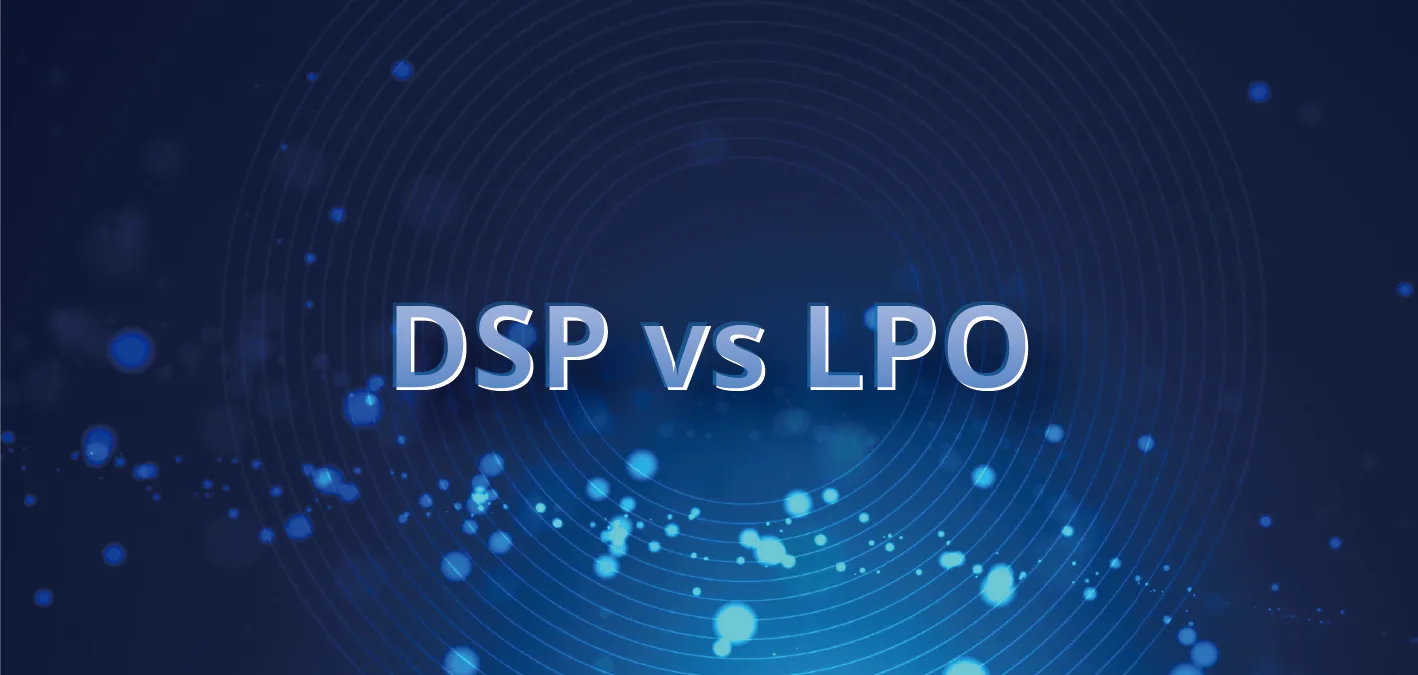
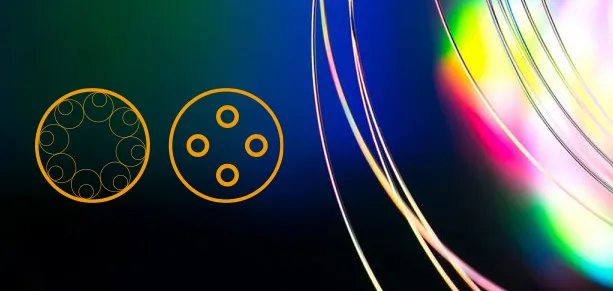
_and_High-Reflection_(HR)_Optical_Coatings.webp)
